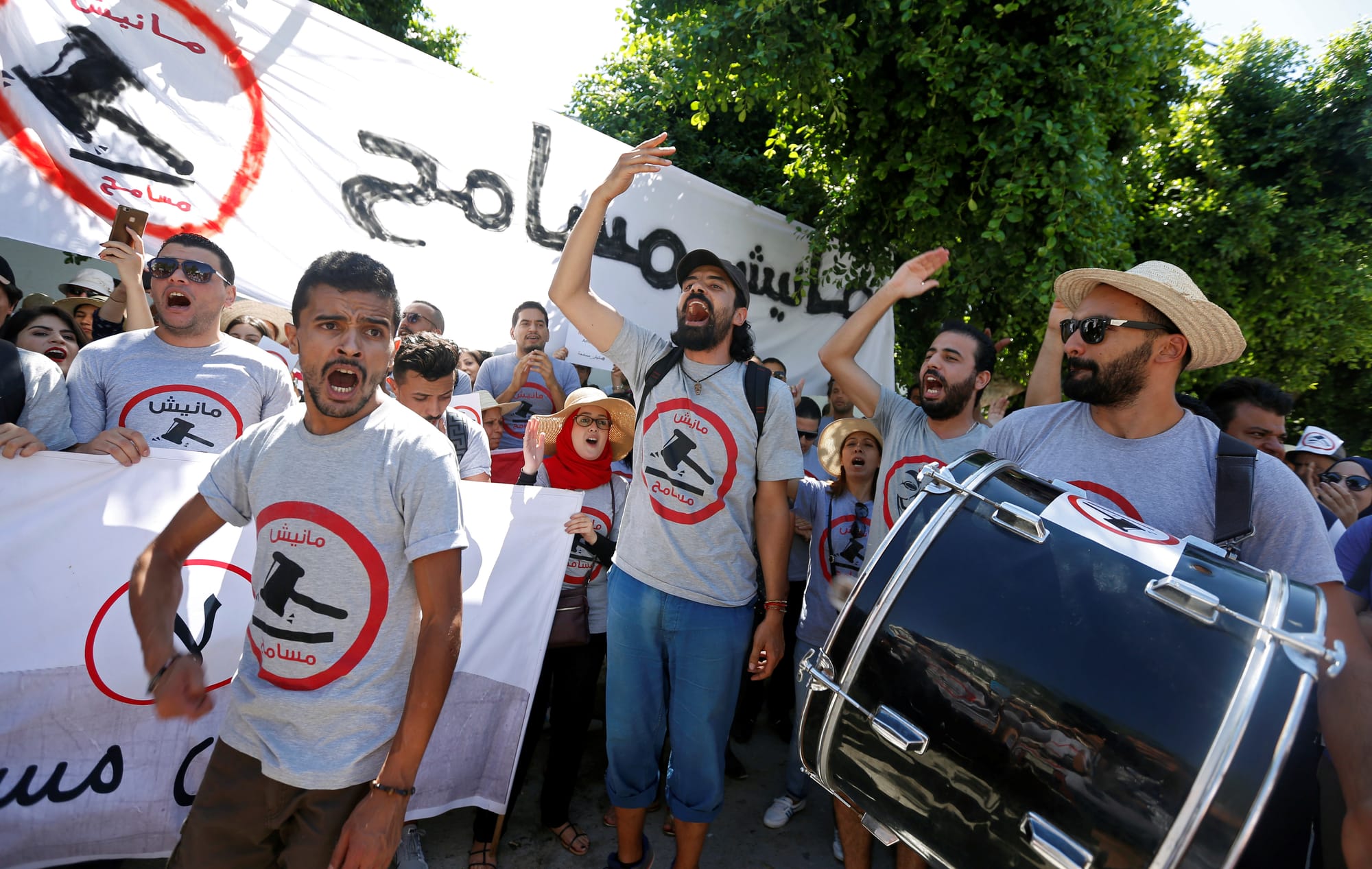Cracks in Tunisia’s Democratic Miracle
Less than a decade after the 2011 uprising that ousted a dictator, the election of an anti-establishment president amidst popular turmoil indicates that many Tunisians reject the narrative that all is well with Tunisia’s new liberal democracy.







